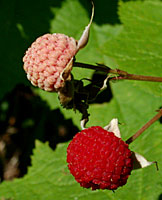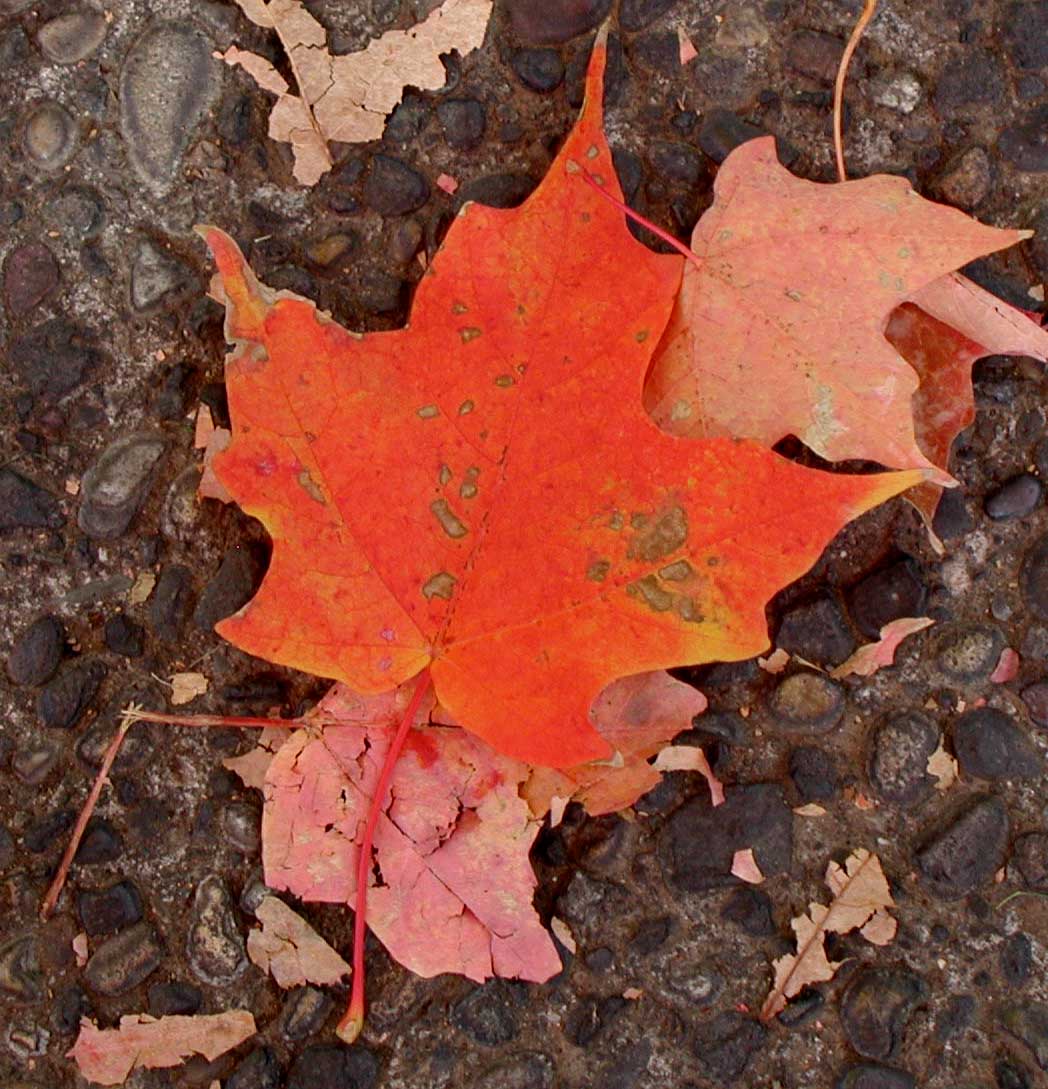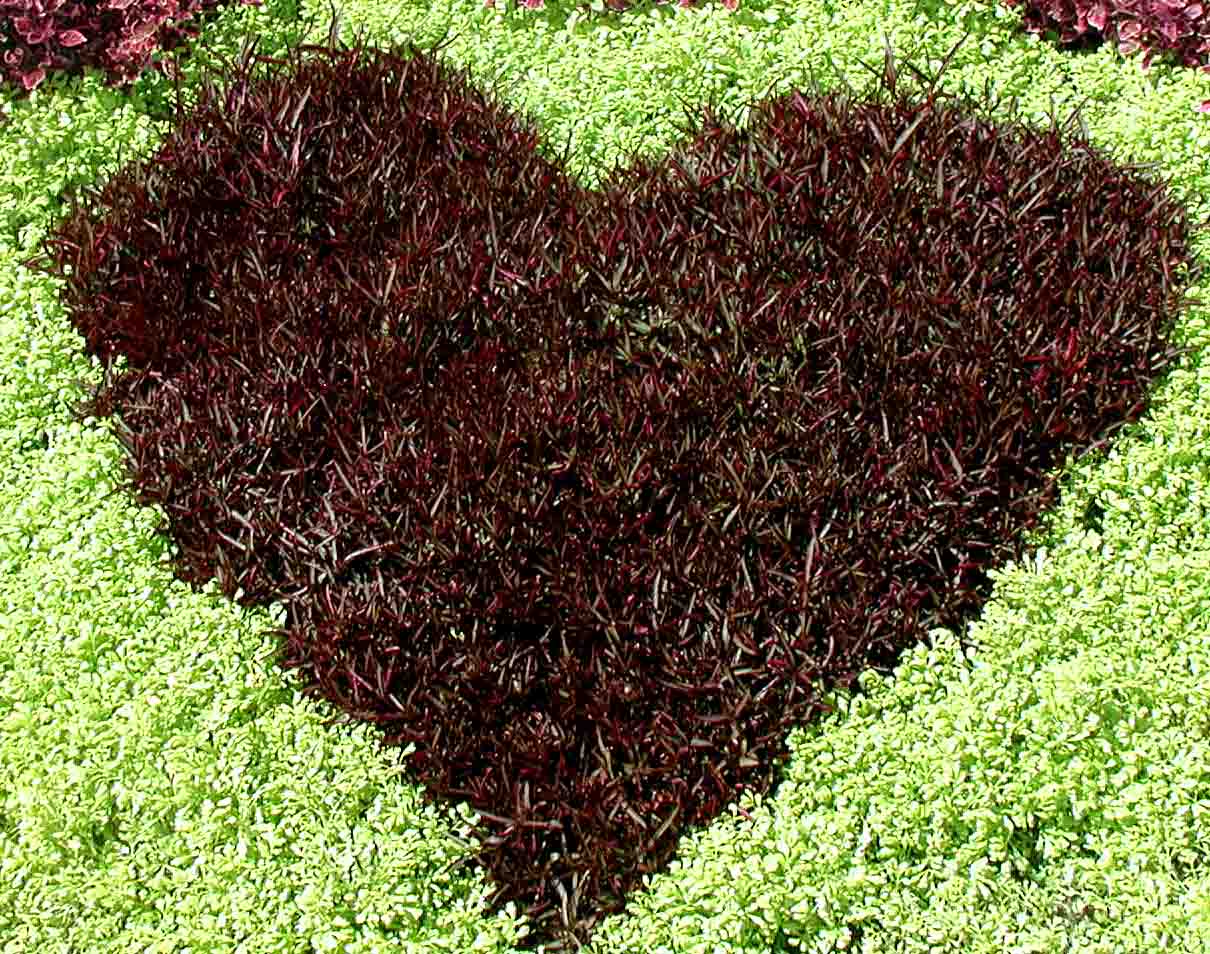David, one of our newer readers, asked why his red-stemmed roses seem to be more cold hardy than the green-stemmed cultivars. So today’s blog will be dedicated to a brief discussion of why it’s better to be red than dead.
The brilliant red, blue, and purple colors seen in flowers and fruits are due to anthocyanins (and the closely related betacyanins). These water-soluble, non-photosynthetic pigments are also commonly found in stems, leaves and other vegetative tissues. In 1999 I wrote a review article exploring the reasons that leaves and stems might turn red. A few years later I wrote another review, more specifically looking at how anthocyanins might influence plant water relations. (This last phrase is plant physiology-geek jargon, and I have to admit that the class I took on this topic during my PhD work was the hardest, and probably most hated, of all the classes I took. And now it’s turned out to be one of the most valuable. Go figure.)

While you hard-core types can read the review articles that I’ve hot-linked above, what I’ll try to do is summarize my hypothesis for why leaves (and stems) turn red. Some leaves are red when young, then turn green when older. Green, deciduous leaves turn red before they fall off in the autumn. And some plants are genetically programmed to have red leaves all their lives.

The environment can also influence leaf reddening. Drought, nutrient deficiency or toxicity, salts, heavy metals in soils, cold temperatures, low soil oxygen, whew! All of these environmental factors have been attributed to temporary reddening. What do these factors have in common?
It turns out that all of these environmental stresses directly or indirectly affect the ability of plants to take up and/or retain water. Because anthocyanins are water-soluble, they effectively dilute the concentration of water in the plant. Look at it this way: any limited area will only hold so many water molecules. A test tube of pure water has the maximum number of water molecules possible. A test tube of water plus sugar (or salt, or anthocyanins for that matter) will have fewer water molecules, because the other substances take up space, too. So effectively, anthocyanins reduced the apparent concentration of water in plant tissues.

Why is this important? Well, anthocyanins in leaves helps reduce water loss, because the concentration of water in the leaves is reduced and evaporation slows down. They also could serve as antifreeze compounds, allowing red leaves (and stems, David!) to be more cold hardy. And if anthocyanins aren’t amazing enough already, they also (1) bind and transport sugars during fall leaf color change, (2) protect tissues against high levels of solar radiation, and (3) are natural antioxidants. (That’s why you’re supposed to eat red fruits!)
I could go on and on, but I hope this might help explain why David’s red stemmed roses might be more cold hardy than the green variety. (And my thanks to my daughter Charlotte for allowing me to use her photos here.)

Hi Linda,
Thank you for the informative and detailed response! I’ll certainly check out the hotlinked reviews as well.
cheers
David
A somewhat trivial, but related factoid for kitchen gardeners: the water solubility of anthocyanins explains why those gorgeous scarlet runner beans, and purple queen string beans, etc. fade to uninteresting, dull colored versions of their raw selves when steamed, or boiled.
Some time ago I read about research from Colgate University that indicated trees whose leaves turn red (sugar maples) also produce compounds that inhibit germination and growth of competitors.
http://www.newswise.com/articles/mother-natures-weapon-of-mass-destruction-red-leaves
Interesting stuff!
Sorry, that should have read anthocyanins were the compounds that inhibit the germination and growth of competitors, according to the research.